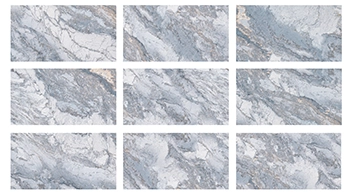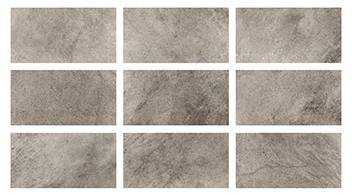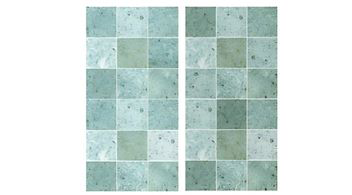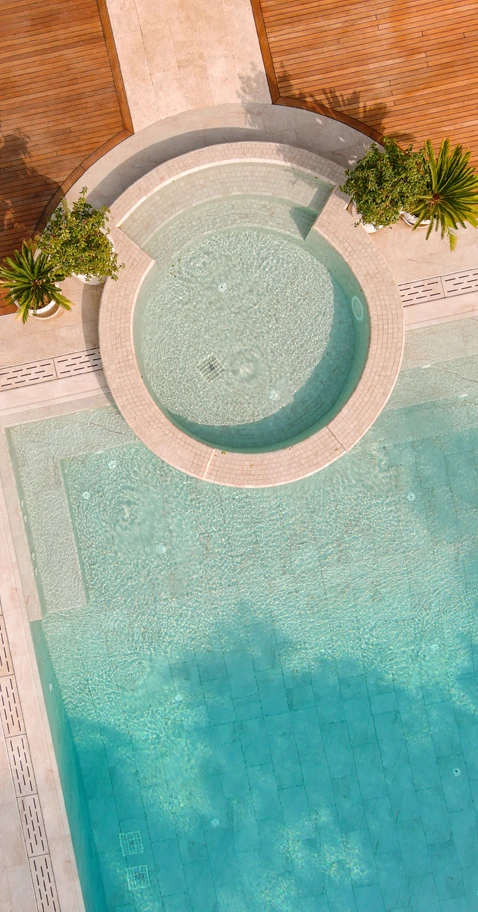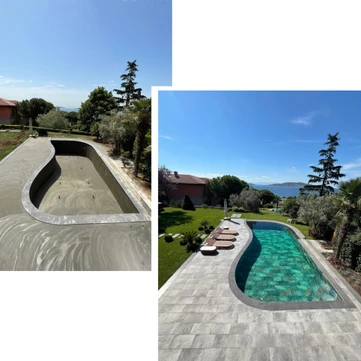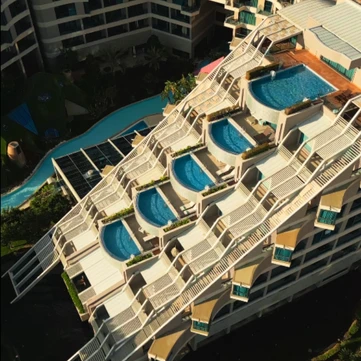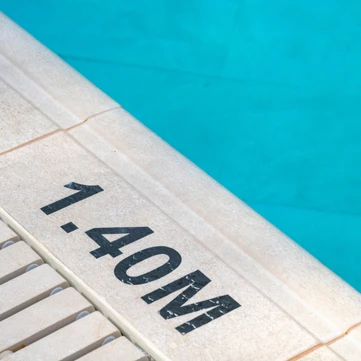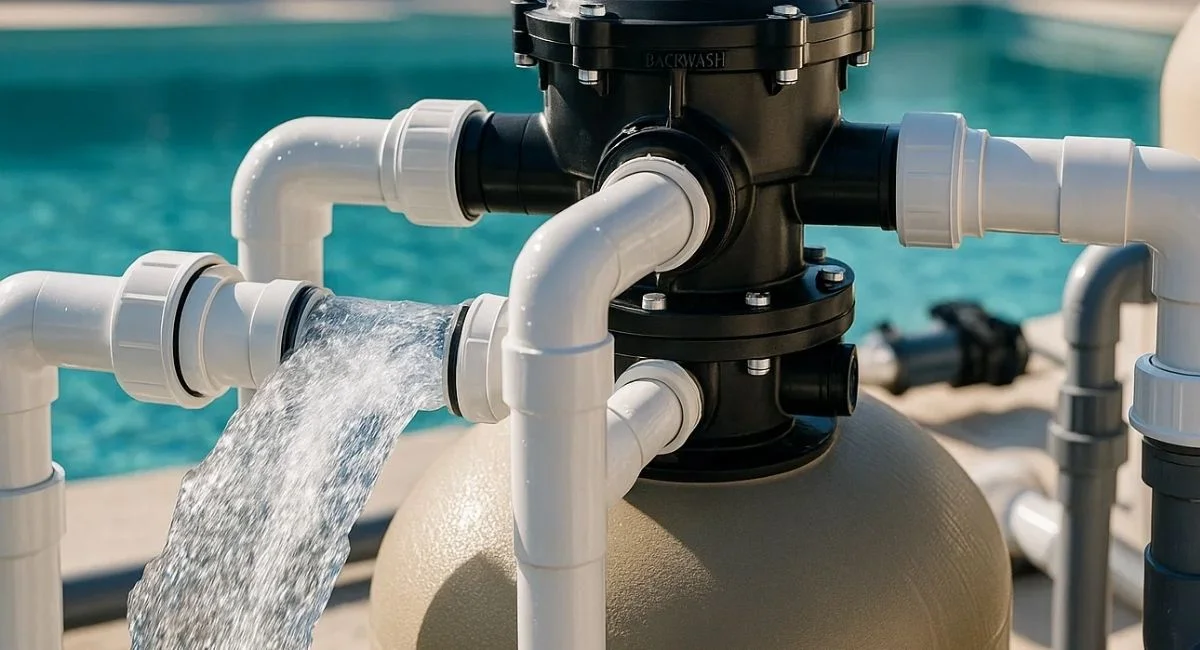
When it comes to keeping pool water crystal clear, hygienic, and safe, achieving chemical balance is not enough on its own. Proper operation of the filtration system plays a crucial role. This is where backwashing comes in—an essential maintenance process that removes trapped dirt and debris from the filter, ensuring high water quality. But what exactly is backwashing, which pools require it, and how is it performed? In this guide, you’ll learn the step-by-step process of pool backwashing to enhance system performance and ensure a long-lasting pool experience.
What Is Backwashing?
Backwashing is a cleaning procedure where water flows in the reverse direction through the pool filter to remove accumulated dirt, sediment, and debris from the filtration media. By reversing the water flow, the residues trapped in the filter are effectively flushed out.
The primary function of backwashing is to maintain the internal efficiency of the filter and sustain water clarity. It should be carried out when a noticeable increase is observed in the filter pressure gauge or a decrease in water flow rate.
Which Pool Types Require Backwashing?
Backwashing is primarily used with sand filters. In these systems, water is filtered through a sand layer, and over time, dirt builds up, leading to clogging. Backwashing removes these impurities from the filter.
For cartridge filters, the cartridge must be removed and washed manually instead of backwashing. In D.E. (Diatomaceous Earth) filters, the filtering media should be replenished after each backwash.
Since sand filter systems are commonly used in pools located in hotels, residential complexes, or villas, backwashing becomes a regular part of professional pool maintenance.
Why Is Backwashing Important?
Regular backwashing prevents clogging by cleaning sediment and debris that accumulate in the filter. This ensures proper water circulation and enhances filter performance.
It also preserves water quality by maintaining clarity, hygiene, and chemical balance. An efficient filtration system reduces both energy and chemical consumption.
How to Backwash a Pool: Step-by-Step Guide
- Turn off the pump and ensure the system is fully shut down.
- Adjust the valve setting to “Backwash.”
- Turn the pump back on and run it for 2–3 minutes or until the sight glass water becomes clear.
- Stop the pump again.
- Switch to “Rinse” mode and run for 30–60 seconds to complete the cleaning cycle.
- Return the valve to “Filter” mode and restart the system.
How Often Should You Backwash Your Pool?
Backwashing frequency should be monitored using the filter’s pressure gauge. When the pressure exceeds the normal level by 0.3 to 0.5 bar, it's time to backwash.
Typically, this process should be done weekly, or every 3–4 days during periods of heavy pool usage. Comprehensive maintenance should also be performed at the beginning and end of the pool season.
Post-Backwash Checklist
- Always check the water level, as backwashing causes water loss.
- Test and rebalance the pool’s chemical parameters if needed.
- After restarting the system, inspect the pump and filter. If there are leaks or unusual noises, immediate intervention is necessary.
Frequently Asked Questions
What’s the difference between backwashing and rinsing?
Backwashing cleans the filter, while rinsing flushes out dirty water left in the plumbing line after the backwash process.
Should chemicals be used during backwashing?
No. Backwashing must be done using clean water only. Using chemicals can damage the filter media.
Should the filter be replaced instead of cleaned?
A regularly backwashed filter will have a long service life. However, filter media (sand, cartridge, D.E.) should be replaced periodically—usually every 3 to 5 years.

